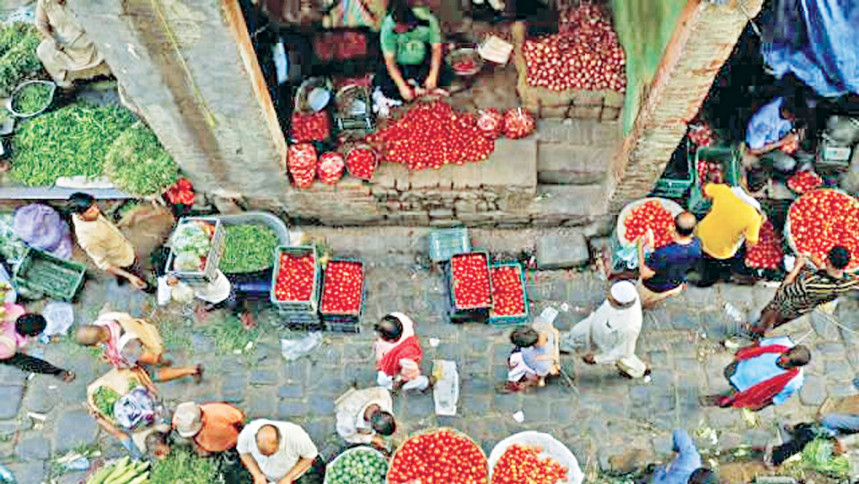Indian economic growth leaps despite pandemic curbs

India's economy rebounded in the April-June quarter even while a devastating second wave of Covid-19 swept the country, with growth of over 20 per cent compared to a year earlier driven by a surge in manufacturing and higher consumer spending.
Asia's third-largest economy slumped 7.3 per cent in 2020/21, putting it among major economies hit hardest by the pandemic but growth was less affected by April-May's second wave because the lockdown measures adopted then were less stringent.
Gross domestic product grew 20.1 per cent in April-June compared with the same period a year earlier, with manufacturing and construction the main drivers, data from the statistics ministry showed on Tuesday.
That compared with a record contraction of 24.4 per cent in the same quarter a year earlier and was in line with a Reuters poll forecast for growth of 20.0 per cent.
Many analysts said the risk of spiking infections from the Delta variant and the slow pace of vaccinations in some states could hit India's growth momentum, however, with the economy unlikely to regain its pre-pandemic size of about $2.9 trillion before the middle of the next fiscal year which begins in April.
"As vaccination pace picks up we expect the momentum to pick up further, although remain wary on the evolution of Delta variant cases," said Upasana Bhardwaj, senior economist, Kotak Mahindra Bank, Mumbai. Consumer spending - the main driver of the economy - rose 19.34 per cent year-on-year in April-June from a year ago, but remained lower than its pre-pandemic level.
Annual growth of 49.6 per cent in manufacturing during the three months to June compared to 6.9 per cent growth in the previous quarter showed new anti-Covid-19 measures adopted in April-May had only a limited impact on activity.
Unlike more advanced economies, which have provided massive stimulus to support consumers, Prime Minister Narendra Modi has opted to raise infrastructure spending and pursue privatisation of state companies and tax reforms to bolster India's mid-term growth prospects, while providing free foodgrains to the poor.
The Reserve Bank of India (RBI) , which has kept its monetary policy loose, has forecast annual growth of 9.5 per cent in the current fiscal year, although it has warned about the possibility of a third wave of the pandemic.
Source: www.thedailystar.net
